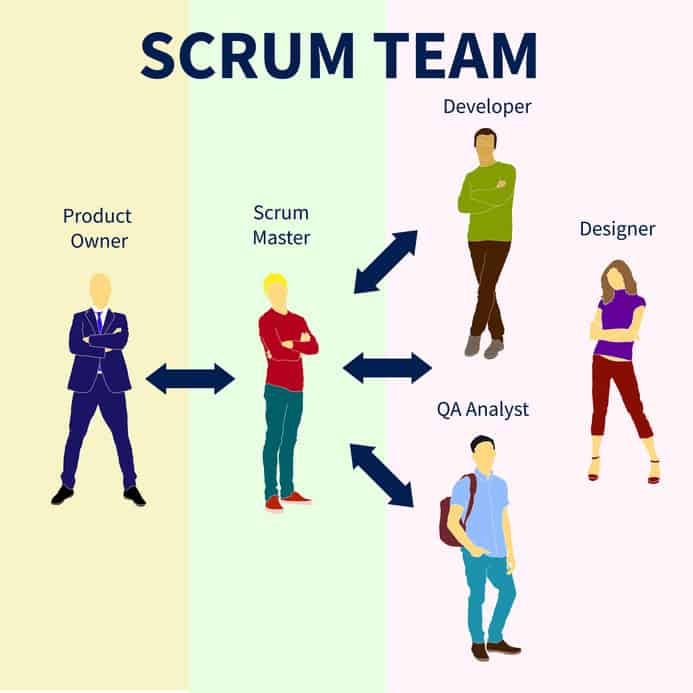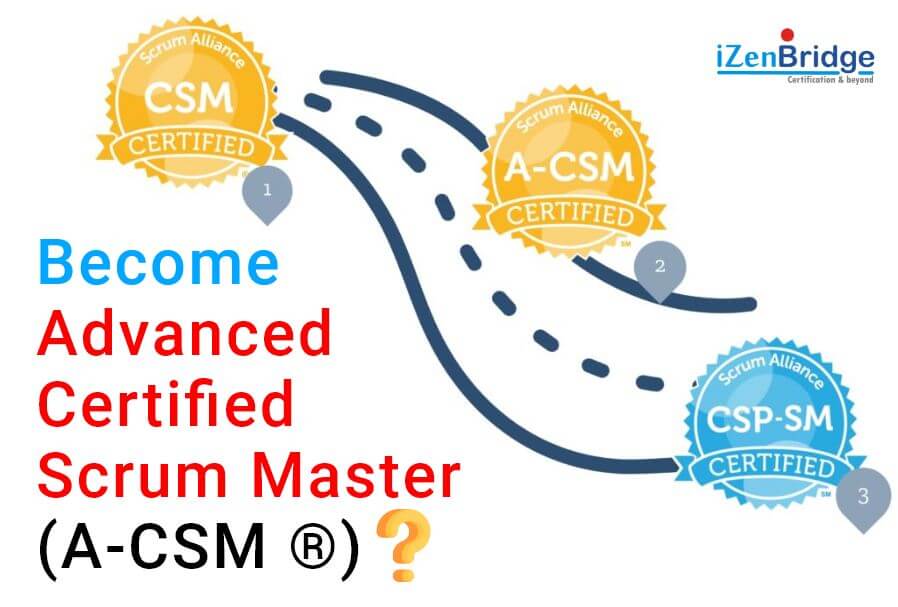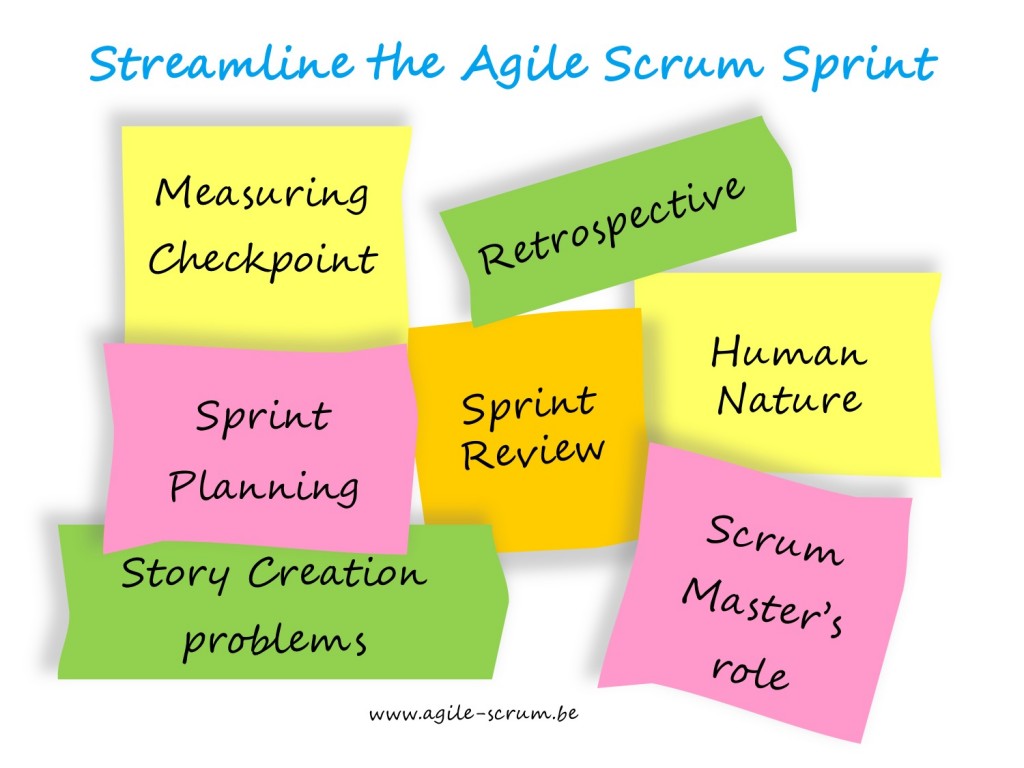What is Scrum and How Can it Benefit Your Project Management?
Scrum is a popular agile framework designed to manage and complete complex projects efficiently. By adopting Scrum methodologies, project management teams can enhance collaboration, improve flexibility, and accelerate time-to-market. The Scrum framework emphasizes iterative progress, continuous feedback, and rapid adaptation to change, making it an ideal choice for organizations seeking to streamline their project management processes.
At the heart of Scrum is a simple yet powerful structure that organizes work into manageable chunks, called Sprints. Typically spanning one to four weeks, Sprints allow teams to focus on specific objectives, delivering incremental value with each iteration. This approach encourages regular assessment, enabling teams to identify and address potential issues early, ensuring projects stay on track and meet their goals.
The Scrum Master plays a crucial role in facilitating the Scrum process. Acting as a servant-leader, the Scrum Master guides the team, removes obstacles, and fosters a collaborative environment. Meanwhile, the Product Owner represents stakeholders and is responsible for defining and prioritizing the Product Backlog, ensuring the team focuses on delivering the most valuable features first.
By adopting Scrum, organizations can experience numerous benefits, including improved productivity, higher quality output, and increased customer satisfaction. Moreover, Scrum’s iterative nature encourages continuous learning and improvement, empowering teams to adapt to changing requirements and deliver exceptional results consistently.
In summary, Scrum is a powerful and flexible project management framework that emphasizes teamwork, collaboration, and iterative progress. By understanding the core principles and components of Scrum, teams can harness its potential to drive success in their projects and organizations.
Understanding Scrum Roles: The Scrum Master, Product Owner, and Development Team
Scrum, a popular agile framework, relies on three key roles to ensure project success: the Scrum Master, Product Owner, and Development Team. Each role has distinct responsibilities and contributes uniquely to the project’s progress.
The Scrum Master
The Scrum Master acts as a servant-leader, facilitating the Scrum process and ensuring the team adheres to Scrum principles. They are responsible for removing obstacles, enabling smooth communication, and fostering a collaborative environment. Scrum Masters also coach the team and stakeholders on Scrum practices, helping them continuously improve their processes and outcomes.
The Product Owner
The Product Owner represents stakeholders and is responsible for defining and prioritizing the Product Backlog, ensuring the team focuses on delivering the most valuable features first. They are also in charge of refining the Product Backlog, accepting or rejecting work results, and providing feedback to the Development Team. Effective Product Owners establish a clear vision, communicate it clearly, and collaborate closely with the Development Team to ensure project success.
The Development Team
The Development Team consists of cross-functional professionals who work together to deliver the product increment at the end of each Sprint. They are self-organizing and self-managing, meaning they plan, estimate, and execute their work without external direction. The Development Team is empowered to make decisions, solve problems, and continuously improve their skills and processes, fostering a high-performing and motivated team culture.
By understanding these roles and their responsibilities, organizations can effectively implement Scrum and reap its benefits, such as increased collaboration, flexibility, and faster time-to-market. The Scrum Master, Product Owner, and Development Team work together to ensure project success, driving continuous improvement and delivering exceptional results.
The Scrum Framework: Exploring Scrum Events and Artifacts
The Scrum framework consists of five events and three artifacts that work together to ensure a streamlined and efficient project management process. These components foster transparency, collaboration, and continuous improvement, enabling teams to deliver high-quality products incrementally.
Scrum Events
Scrum events are time-boxed activities that promote regular inspection, adaptation, and synchronization among team members. The five Scrum events are:
- Sprint: A time-boxed iteration, typically one to four weeks, during which a usable product increment is created.
- Sprint Planning: An event held at the beginning of each Sprint, where the team collaborates to plan the Sprint’s objectives and work items.
- Daily Scrum: A daily 15-minute meeting where team members synchronize their work, share updates, and plan their day.
- Sprint Review: An event held at the end of each Sprint, where the team demonstrates the completed work to stakeholders and gathers feedback.
- Sprint Retrospective: A meeting held after the Sprint Review, where the team reflects on their performance, identifies areas for improvement, and plans experiments for the next Sprint.
Scrum Artifacts
Scrum artifacts are information structures that support transparency and communication within the team. The three Scrum artifacts are:
- Product Backlog: A prioritized list of features, requirements, and bugs that need to be addressed during the project.
- Sprint Backlog: A list of items from the Product Backlog that the team commits to completing during the Sprint.
- Increment: The sum of all the Product Backlog items completed during a Sprint and previous Sprints, delivering a usable and potentially releasable product.
By understanding and implementing these Scrum events and artifacts, Scrum Masters and their teams can effectively manage complex projects, continuously improve their processes, and deliver high-quality products that meet stakeholder expectations.
How to Become a Scrum Master: Certification and Skillset
Becoming a Scrum Master involves obtaining the necessary certifications and developing a specific skillset to excel in this role. Scrum Masters facilitate the Scrum process, ensuring the team adheres to Scrum principles and continuously improves their practices.
Certification Options
Numerous organizations offer Scrum Master certifications, with the two most recognized being Scrum Alliance and Scrum.org. Both offer the Certified ScrumMaster (CSM) and Professional Scrum Master (PSM) certifications, respectively. These certifications involve attending a training course and passing an exam, demonstrating a solid understanding of Scrum principles and practices.
Required Skills
To become an effective Scrum Master, specific skills are essential, including:
- Leadership: Scrum Masters need to lead by example, inspiring and motivating their teams to achieve their goals.
- Communication: Effective communication is crucial for Scrum Masters, as they facilitate meetings, remove obstacles, and liaise between the Development Team and Product Owner.
- Facilitation: Scrum Masters must facilitate Scrum events, ensuring they are productive, focused, and time-boxed.
- Servant Leadership: Scrum Masters serve their teams, helping them overcome challenges and providing support when needed.
- Conflict Resolution: Scrum Masters must address and resolve conflicts within the team, promoting a positive and collaborative environment.
- Knowledge of Agile and Scrum: A deep understanding of Agile principles and Scrum practices is necessary for Scrum Masters to guide their teams effectively.
By pursuing the appropriate certifications and developing the required skills, aspiring Scrum Masters can embark on a rewarding career, driving successful project outcomes and fostering a culture of continuous improvement within their organizations.
Real-Life Scrum Master Success Stories: Inspiration and Lessons Learned
Learning from the experiences of successful Scrum Masters can provide valuable insights and motivation for those looking to excel in this role. Here, we share inspiring success stories, highlighting the challenges, achievements, and lessons learned throughout their careers.
Story 1: Overcoming Resistance to Change
A Scrum Master in a traditional software development company faced significant resistance to adopting Scrum. By organizing workshops, demonstrating the benefits of Scrum, and involving key stakeholders in the process, the Scrum Master successfully implemented Scrum and transformed the company’s project management culture.
Story 2: Fostering Cross-Functional Collaboration
A Scrum Master in a large financial institution brought together teams from different departments to work on a shared project. By facilitating open communication, promoting transparency, and encouraging collaboration, the Scrum Master created a high-performing team that consistently delivered high-quality results.
Story 3: Balancing Competing Priorities
A Scrum Master working in a fast-paced startup had to manage multiple projects with competing deadlines. By implementing a clear prioritization process, using Scrum artifacts effectively, and ensuring regular communication with stakeholders, the Scrum Master successfully balanced competing priorities and ensured all projects were completed on time.
These success stories demonstrate the power of Scrum Mastery and the positive impact it can have on project outcomes. By learning from these experiences, aspiring Scrum Masters can develop the skills and strategies necessary to overcome challenges and drive success in their own careers.
Scrum Master Tools and Resources: Enhancing Your Agile Project Management
Scrum Masters can benefit from various tools and resources designed to streamline their work and improve project outcomes. By leveraging these resources, Scrum Masters can enhance their productivity, collaboration, and decision-making capabilities.
Project Management Software
Tools like Jira, Trello, and Asana provide powerful features for managing Scrum projects, including backlog management, sprint tracking, and progress reporting. These tools facilitate transparency, communication, and accountability among team members.
Templates and Checklists
Templates and checklists can help Scrum Masters maintain consistency and efficiency in their work. Examples include Scrum event templates, sprint planning checklists, and retrospective meeting guides. These resources ensure essential tasks are not overlooked and promote a structured approach to Scrum management.
Training Materials
Continuous learning is crucial for Scrum Masters. Online courses, webinars, and workshops offered by organizations like Scrum Alliance and Scrum.org provide valuable insights and up-to-date knowledge on Scrum practices and principles. Additionally, attending Scrum conferences and meetups can help Scrum Masters expand their professional network and learn from industry experts.
Books and Blogs
Numerous books and blogs focus on Scrum and Agile methodologies. Titles like “Scrum: The Art of Doing Twice the Work in Half the Time” by Jeff Sutherland and “Agile Estimating and Planning” by Mike Cohn offer practical guidance and real-world examples for Scrum Masters. Reading blogs and articles from experienced Scrum Masters can also provide fresh perspectives and innovative ideas for improving project outcomes.
By utilizing these tools and resources, Scrum Masters can optimize their workflows, enhance collaboration, and ensure their teams remain focused on delivering high-quality results in a timely and efficient manner.
Overcoming Common Scrum Master Challenges: Strategies for Success
Scrum Masters face various challenges in their roles, from resistance to change to communication issues and lack of commitment. Here, we discuss these common challenges and provide actionable strategies for overcoming them.
Resistance to Change
When implementing Scrum, teams may resist the new framework due to fear of change or unfamiliarity with the process. To address this challenge, Scrum Masters should:
- Communicate the benefits of Scrum transparently.
- Involve the team in the decision-making process.
- Provide training and resources to help team members adapt to the new framework.
Communication Issues
Effective communication is crucial for Scrum success. Scrum Masters can overcome communication challenges by:
- Establishing clear communication channels and expectations.
- Promoting open and honest dialogue within the team.
- Facilitating regular meetings and ensuring active participation from all team members.
Lack of Commitment
Ensuring team members are committed to the Scrum process can be challenging. Scrum Masters can address this issue by:
- Creating a shared vision and goals for the team.
- Recognizing and rewarding team members’ contributions and achievements.
- Encouraging a culture of continuous improvement and learning.
By implementing these strategies, Scrum Masters can effectively tackle common challenges, ensuring their teams remain focused, motivated, and committed to the Scrum framework and its principles.
Maintaining Work-Life Balance as a Scrum Master: Tips and Techniques
As a Scrum Master, maintaining a healthy work-life balance is crucial for staying effective, motivated, and focused on both professional and personal goals. Here, we offer practical tips and techniques to help Scrum Masters achieve this balance.
Set Boundaries
Establish clear boundaries between work and personal life. Communicate these boundaries to your team and stakeholders, ensuring they understand when you are and aren’t available.
Prioritize Self-Care
Make time for self-care activities, such as exercise, meditation, and hobbies. These activities can help reduce stress, boost energy levels, and improve overall well-being.
Delegate and Trust
Delegate tasks and trust your team to handle them. Empowering your team to take ownership of their work can reduce your workload and create a more collaborative environment.
Schedule Breaks
Schedule regular breaks throughout your day to recharge and refocus. Taking short breaks can improve productivity, creativity, and job satisfaction.
Use Tools and Automation
Leverage project management tools and automation to streamline your work and reduce manual tasks. This can help you save time and focus on more strategic activities.
Seek Support
Don’t hesitate to seek support from mentors, colleagues, or a professional coach. They can provide guidance, advice, and encouragement to help you maintain a healthy work-life balance.
By implementing these tips and techniques, Scrum Masters can strike a balance between their professional and personal lives, ensuring they remain effective, motivated, and focused on their goals.






